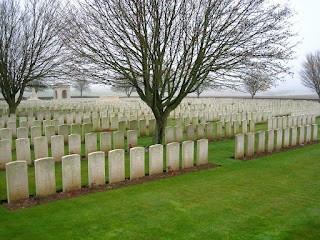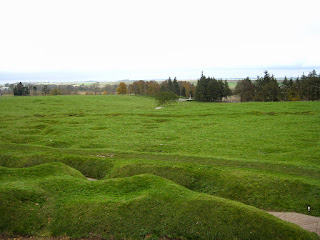


We are in our hotel room in Brussels having a beer and lamenting the fact that this is our last night in Belgium and are flying home tomorrow. This trip totally exceeded all of our expectations; we loved all of it and met some great people. It was snowing this morning when we drove north to visit Rit and Kamiel and their two sons, we were due at their place for lunch. They stuffed us with excellent homemade Belgium food, then took us to Antwerpen for a tour with Kamiel acting as our guide; he was very good and very knowledgeable about Antwerpen. Rit and Kamiel likely think I have completely lost my mind because I went on and on about the doors, really, the doors on houses and old buildings are fantastic. If I knew about these doors before, I don’t know, I may have had to import one for our house.
After seeing Antwerpen we returned to Rit and Kamiel’s place where Rit said she was just going to whip up a few things to eat, it was more than a few things, we noshed on really good food again, their hospitality was unreal, after dinner we were given quince jam and lots of chocolate to take home. After saying our goodbyes to Rit and Kamiel, we drove to Brussels; it was snowing for about half of the drive but stopped before we got to Brussels. We got here around 9:00 pm, went for a walk around the main square and bought some beer to drink, John seemed to be in dire need of a beer for some reason even though the GPS only led us astray once in Brussels.
After seeing Antwerpen we returned to Rit and Kamiel’s place where Rit said she was just going to whip up a few things to eat, it was more than a few things, we noshed on really good food again, their hospitality was unreal, after dinner we were given quince jam and lots of chocolate to take home. After saying our goodbyes to Rit and Kamiel, we drove to Brussels; it was snowing for about half of the drive but stopped before we got to Brussels. We got here around 9:00 pm, went for a walk around the main square and bought some beer to drink, John seemed to be in dire need of a beer for some reason even though the GPS only led us astray once in Brussels.










































